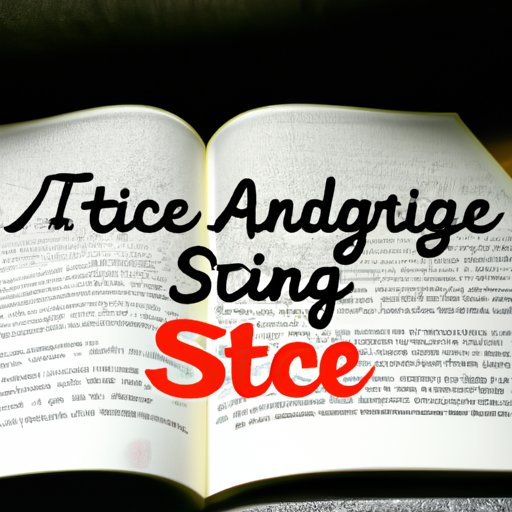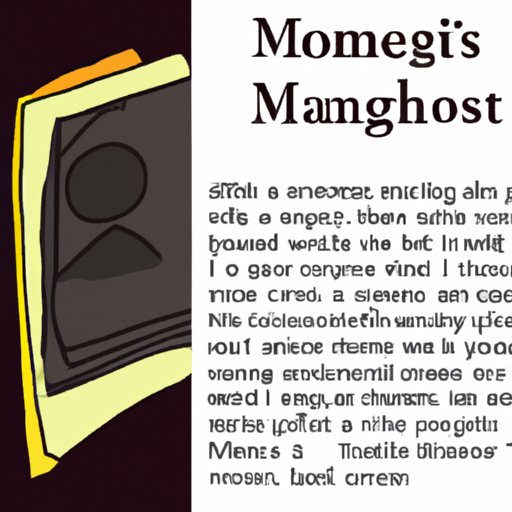Introduction
An autobiography is a written account of a person’s life written by that person. It is a form of self-expression that allows the author to reflect on their life experiences, celebrate accomplishments, and share lessons they have learned. Writing a creative autobiography can be a powerful way to express yourself and let your unique personality shine through. Here are some tips and ideas on how to write a creative autobiography.
Start by Introducing Yourself and Your Life Story in an Interesting Way
The first step in writing a creative autobiography is to introduce yourself and your life story in an interesting way. This is your chance to grab your reader’s attention and make them want to continue reading. Brainstorm ideas and find a unique angle to approach your story from. Begin with an engaging opening line that will draw your reader in and keep them hooked. You could start off with a funny anecdote or a thought-provoking quote to set the tone for your autobiography.
Focus on the Key Points of Your Life Story and Highlight Them with Creative Descriptions
When writing your autobiography, it’s important to focus on the key points of your life story. Think about the most significant events and people in your life and how they have shaped you. Use descriptive language to paint a picture for your reader and make them feel like they are part of your journey. Focus on the emotions you felt during these moments and the impact they had on your life. Describe any challenges you faced and how you overcame them.

Include Anecdotes and Vivid Details to Make Your Story Come Alive
Anecdotes and vivid details are essential when writing a creative autobiography. Draw from your memories and emotions to create an immersive experience for your reader. Utilize sensory language to evoke a response, such as describing the smell of your grandmother’s cooking or the sound of waves crashing against the shore. These details will help your reader connect with your story on a deeper level.

Incorporate Interesting Metaphors or Similes to Describe Moments in Your Autobiography
Using metaphors or similes is a great way to add creativity to your autobiography. Think creatively and outside of the box when coming up with descriptions for moments in your life. For example, instead of saying “I was so scared I couldn’t move”, you could say “I was frozen in fear, like a rabbit caught in headlights”. Be careful not to overuse metaphors, as this can become tiresome for the reader.

Use Dialogue to Bring Conversations to Life and Create a Dramatic Effect
Dialogue is another great way to make your autobiography more interesting. Re-create realistic conversations and use them to illustrate relationships between characters. Keep it simple and avoid excessive dialogue, as this can distract from the main story. Use dialogue to bring conversations to life and create a dramatic effect.
Ask Yourself Questions as You Write and Use Them to Explore Deeper Aspects of Your Life Story
As you write your autobiography, ask yourself questions to explore deeper aspects of your life story. Reflect on your experiences and feelings and consider how they have shaped who you are today. Connect your experiences to themes and ideas that are relevant to your reader. This will help to give your story more meaning and make it more memorable.
Conclusion
Writing a creative autobiography can be a great way to tell your life story and explore your identity. Start by introducing yourself and your life story in an interesting way, then focus on the key points of your life story and highlight them with creative descriptions. Include anecdotes and vivid details to make your story come alive, incorporate interesting metaphors or similes, and use dialogue to bring conversations to life. Ask yourself questions as you write and use them to explore deeper aspects of your life story. With these tips and ideas, you will be able to write a creative autobiography that stands out.
(Note: Is this article not meeting your expectations? Do you have knowledge or insights to share? Unlock new opportunities and expand your reach by joining our authors team. Click Registration to join us and share your expertise with our readers.)
